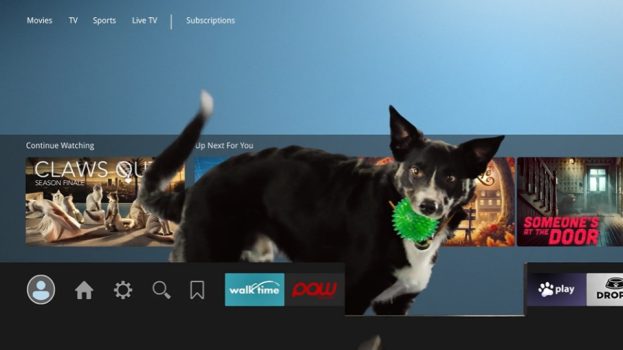Seafood brand Clover Leaf is making a push around its sustainability practices, publicizing a new online tool that allows customers to trace the origins of its fish.
With the “Trace My Catch” program, customers can enter the unique codes found on the bottoms of their packages (including cans, pouches or cups) of tuna and salmon onto the interactive Clover Leaf website to get an accurate picture of what they’re consuming, including the species of fish, fishing method, ocean of catch, vessel name and flag, fishing trip dates and processing location.
The program includes information from more than 600 vessels in four oceans. Sample codes are also provided on the website for consumers interested in the origins more generally.
The brand, which first came out with a sustainability statement in 2005, has been able to trace its products, but it was a time-consuming process, says Ron Schindler, president of Clover Leaf Seafoods. Over the past couple of years, it’s built out its database and IT capabilities to allow the codes to be more quickly and easily searchable for the average consumer.
The searchable codes are now available on tuna and salmon products packaged after January 2015. The brand wanted to wait until the program was up and running for both those types of products, which represent 80% of its volume.
By next year, the goal is to expand the codes to clams and sardines, bringing it up to 90%, with the remainder of products the following year, Schindler says.
Right now, the program will be publicized mainly through packaging and PR efforts. Next year’s communications programs, including in-store POS and at-shelf material and mass advertising, are still being finalized but it’s likely that “Trace My Catch” will be integrated into that.
The move is the latest in a trend that has CPG companies and QSRs talking about their products’ origins. Most recently, Hellmann’s, McDonald’s and KFC have all launched campaigns showcasing the farmers who grow the food they use.
Indeed, consumer research by the company and third-party data suggests sustainability is more important than ever for consumers, especially millennials, Schindler says. The new program hopes to address potential concerns.
There’s also a challenge around centre-of-store items being considered not healthy, so canned seafood needs to be reintroduced to customers who may have slowed down purchases or are avoiding the category, he says.
“Our business is quite steady and quite healthy but considering how healthful canned seafood is, it’s surprising it’s not growing at a much faster rate.”
























